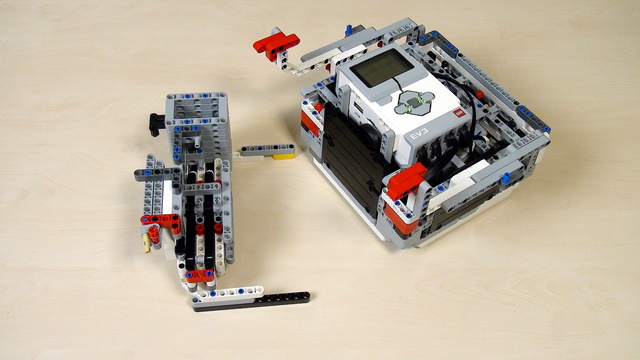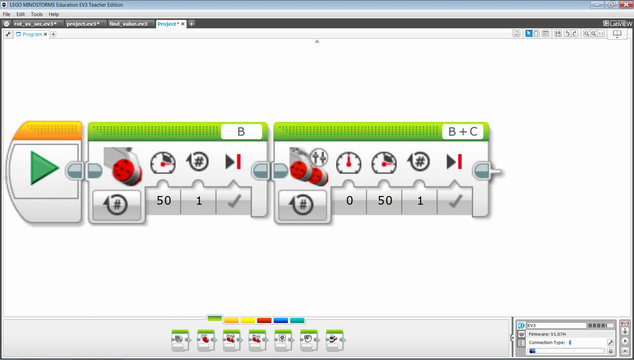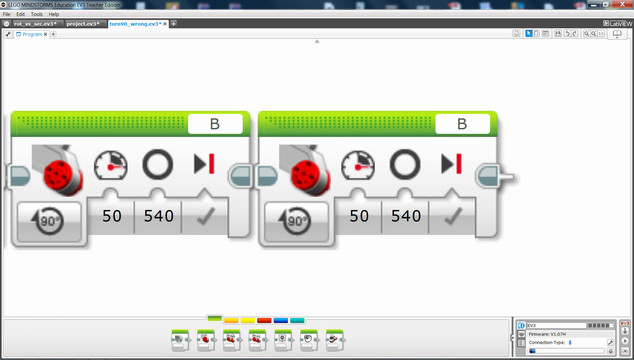

VEX IQ. Extending a lever length for a harder hit on a ball when throwing it
The length of the lever has a certain effect when hitting the ball. In this tutorial, I would like to discuss what it's the effect.
- #523
- 10 May 2017


The length of the lever has a certain effect when hitting the ball. In this tutorial, I would like to discuss what it's the effect.


There are modifications that you must do on the FTC PushBot robot. Let's discuss them

One of the very common tasks on different FIRST Technical Challenge competitions is to collect objects. In this case, these are colourful specifically shaped plastic object or in simple terms - balls.


In this tutorial we go through the VEX IQ Challenge. Most of the challenges are related with manipulating objects. The most common object used in competitions are balls. That is why we take a look at a simple mechanism that can be used for throwing a ball.


Control the hand of the FIRST Technical Challenge Push Bot robot with the GamePad bumpers.


Building a rack is a very important skill during competitions. You should try to build one, learn how to use it and have it as a tool for you next robots. But for this particular BoxRobot, we will not continue with a rack.


Using the rack depends on the experience of the team. Based on this a different number of gear wheels and racks would be used.

Build a rack and try to lift the robot with this rack.


The next step of lifting a robot to a mission model is to try to use a rack.


Tips and common mistakes when connecting two beams together


What is allowed and what is not when building without instructions.


Try to add a touch sensor to the robot on your own.


By using the GamePad to control the arm with could lift it and return it back. The main problem with controlling the arm is that if you just use the motors you would hit the robot, bend the axles and breaks the gear wheels. We would use the distance sensor to make the arm move without hitting the robot.


Why we change the robots all the time and what to observe in each new robot.

Our next robot is called CastorBot, because of the castor ball.


A special fourth case for a turning with robots with two wheels.


Every turn is a circular motion and we will review the three types of turns from this point of view.


Each palette contains programming blocks that share common purpose. We will cover most of them


How important is it to have predictable behavior in your classes.


How can you be sure your image on the display is seen when the program ends?


We will introduce a convention, an agreement, how and in which cases we are going to use each types of blocks.

Using Display, Sound, Wait and Move blocks together.


How to control the arm of the push bot using the two triggers on the GamePad of the FTC Push Bot?


How to search for an unknown value with the fewest possible tries.


How to make the robot stay idle while the program is still running.